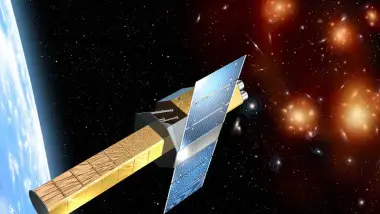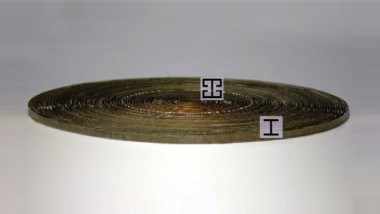A research team from Brown University has found for the first time evidence of water deep within the moon. The researchers believe the water was contained in lunar magmas ejected more than 3 billion years ago. The new discovery strongly ...
NanoSail-D – A Solar Sail in Space
NASA researchers in collaboration with a team from Ames Research Center are planning to launch a solar sail dubbed NanoSail-D from Omelek Island in the Pacific Ocean during a window extending from July 29th to August 6th. If successful, NanoSail-D ...
SXS – X-Ray on the Universe
NASA has recently approved the construction of the High-Resolution Soft X-Ray Spectrometer (SXS), an instrument devised to study the extreme environments of the universe. The new instrument will help researchers explore dark matter on a large scale as well as ...
First Flight for the Google Lunar X PRIZE
The Aeronautics and Cosmonautics Romanian Association is the first team to submit a due date for sending a robot to the moon in the Google Lunar X competition. The flight will be launched within three months and if the team ...
Microsoft’s WorldWide Telescope
Microsoft recently presented a new web application that enables computers to function as virtual telescopes – bringing together imagery from the best ground and Space-based telescopes in the world. As a result, users have a chance to virtually explore the ...
GLAST – Exploring the Extreme Universe
NASA has developed a new observatory telescope that could help scientists understand some of our universe’s best-kept secrets. The Gamma-ray Large Area Space Telescope (GLAST) was successfully launched by NASA aboard a Delta II rocket from Cape Canaveral Air Force ...
One Ticket to Space, Please
A small California-based private aerospace company, called “XCOR Aerospace”, has announced the development of what could be the first “consumer-oriented” suborbital spaceship. According to the company, the aircraft, which was named “LYNX”, is scheduled to be launched in just two ...
The Phoenix Has Landed
Precisely at 7:53PM EST, the “Phoenix Mars Lander” touched-down on the desert-like surface of Mars. Since its launch on August 4th, 2007, the spacecraft has covered more than 680,752,512 kilometers, traveling at average speeds of around 120,000 km/hr. Upon arriving ...
Next Extinction Coming Soon?
Scientists from the Cardiff Center for Astrobiology have developed a model showing that our solar system goes through the plane of the galaxy every 35-40 million years. This is accompanied by comets hurtling into the inner solar system, coinciding with ...
Black Hole Sheds Light on a Galaxy
An international team has observed the light echo of an enormous X-ray flare, which was apparently produced when a single star was disrupted by a super-massive black hole. The importance of this observation is that it offers researchers a new ...










